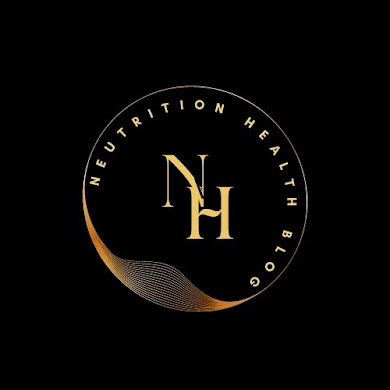What are the 3 types of US health insurance?
HMOs (Health maintenance organizations), EPOs (Exclusive provider organizations), PPOs (Preferred provider organizations), POSs (Point-of-service)
Most of the insurance plans you will see are listed with the
relevant metal: Bronze, Silver, Gold, or Platinum. Each metal in turn is
associated with an actuarial value. The term "fenugreek" may sound ridiculous, but actuarial values are only the average percentage of medical costs
an insurer pays each year. 3 types of US health insurance
For example, the actual value of bronze policies is 60%. This means that on average, the insurance company
will cover 60% of the policyholder's medical costs. For silver,
it's 70%, for gold, it's 80%, and for platinum, the most common metal, it's
90%.
However, there is a downside to this clean tenancy:
disastrous plans. These plans are only available to those under the age of 30
or to those who are exempt from difficulties, such as filing for bankruptcy or
being homeless. 3 types of US health insurance
These plans cover very low costs, such as prescription
drugs, making them a risky option. So which plan should Susie choose? Well,
when deciding between metals, it is important to understand that these
categories have nothing to do with the quality or quantity of care you receive.3 types of US health insurance
All metals provide exactly the same healthcare benefits.
Instead, the only thing that makes them different is the actual value. Worse metals have lower monthly premiums, but a lower percentage of medical costs. Better metals provide
the opposite.
HMOs (Health maintenance organizations (HMOs)
HMOs and EPOs are by far the toughest, as they only cover
the cost of healthcare received within their provider network, the network of
hospitals and clinics with which they have contracts. In addition, all HMO
health care is not an EPO but needs to be coordinated by a primary care
physician. This means that if you need to be seen by a cardiologist, or any test
like an X-ray, you cannot get coverage in HMO without referral to your primary
care physician.
EPOs (Exclusive provider organizations (EPOs)
These features can limit HMOs, and to some extent EPOs,
although they come with one major advantage: cost. HMOs and EPOs are usually
the lowest cost of any healthcare plan. In addition, they will always cover
real medical emergencies, even outside the network.
PPOs (Preferred provider organizations (PPOs)
PPOs are the third type of project. With PPO, you can go in
and out of your network without any referral from any provider. This
flexibility can make PPOs a good choice for some people, though be warned,
their costs are higher than other projects, and out-of-network maintenance will
always be more expensive.
POSs (Point-of-service (POS) plans.
They can be thought of as a combination of HMOs and PPOs.
Like PPOs, they cover network healthcare, and like HMOs, they center around
primary care physicians. This combination of features makes them less expensive
than PPOs but more expensive than HMOs.
Hopefully you now better understand health insurance.








0 Comments